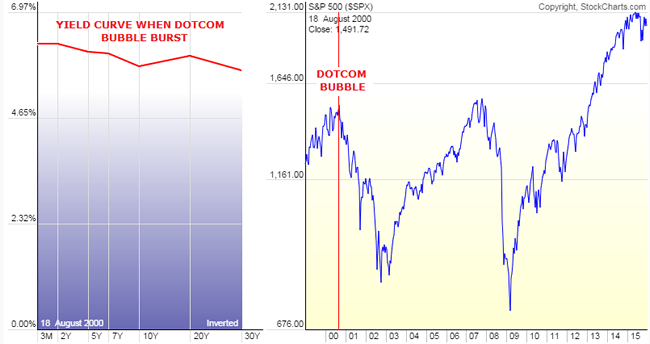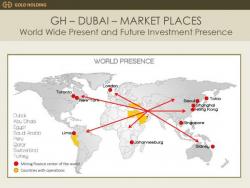Kyle Bass Suffers "Worst Year In The Last Ten", Reveals His Best Investment For The Next "3-5 Years"
One year ago, when oil was trading in the mid-$50s, and when MarketWatch released an article saying "Now’s time to consider energy stocks: Goldman Sachs, Morgan Stanley" (from December 15), we took the other side and on January 29 we explained why "Either Oil Soars Back To $88, Or Energy Stocks Have To Tumble By Over 40%."

